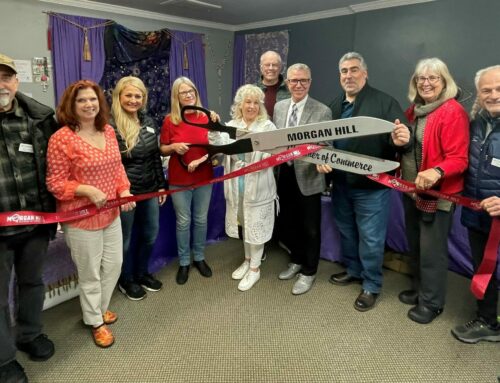Published in the May 13-26, 2015 issue of Morgan Hill Life
By Mario Banuelos
The city of Morgan Hill is currently in the process of updating its General Plan — known as “Morgan Hill 2035.” The plan is a document that outlines the city’s long-term vision and blueprint for future growth. Under state law, seven elements or chapters are required in a General Plan and can be combined or presented in any order to meet the local needs of a community.
For the city of Morgan Hill, the first chapter is an introduction that contains the city’s vision, explains how the General Plan was developed and how it is organized, and presents a brief history and profile of the community. The chapter on community development addresses land use policy, public services and infrastructure, and parks and recreation.
The chapter on economic development discusses the economic and fiscal goals of the city. All forms of transportation are important for any community; therefore, a circulation chapter identifies the planned circulation network for all modes of transportation, including cars, bikes, pedestrians, and goods movement.
The open space and conservation chapter plans for Morgan Hill’s open space, biological resources, agriculture, water and energy conservation, and historic preservation. The public health and safety chapter reviews water quality, noise, and hazards associated with landslides, earthquakes, flooding, fire, and hazardous material.
The regional coordination chapter identifies ways the city can participate in planning for regional growth. The housing chapter identifies potential future housing sites to accommodate the city’s housing need for households at a range of income levels.
All eight of these chapters will be included in the comprehensive update.
Since 1977, the city of Morgan Hill has had a unique voter approved and periodically updated Residential Development Control System (RDCS) that regulates population growth through residential building allotments.
Developers who wish to build residential units within the city limits must do so through an annual competitive process based on certain scoring standards and criteria before building allocations are awarded.
The current new residential development that can be seen throughout the city is the result of a high number of extensions that developers carried over during the recession. Many of the allocations given out during the recession were not built out, but with a return to a healthy economy, developers are responding to the real estate market.
There is a need to update the city’s growth management system. In 2004 voters approved Measure P that set a population target of 48,000 for the year 2020. Within the next three months, an Update Working Group consisting of individuals from a variety of community interests will work on updating the city’s RDCS. The meetings are open to the public and residents are encouraged to attend. The final draft will eventually be on the 2016 ballot for voter approval.
One of the major themes from the 2035 General Plan vision is to: “Manage growth in an orderly fashion that sustains a high quality of life and high standard of community design.”
The General Plan update process has been a major undertaking with many participants that include City Council, the Planning Commission, city staff and consultants, an appointed General Plan Advisory Committee (GPAC) representing individuals from different sectors of the community, as well as continual input from the public via community workshops, meetings and stakeholder interviews.
The updated plan is expected to be completed and adopted in 2016. Residents are encouraged to participate. For more information go to http://morganhill2035.org/
Mario Banuelos is a member of the GPAC Advisory Committee. He wrote this column for Morgan Hill Life.







